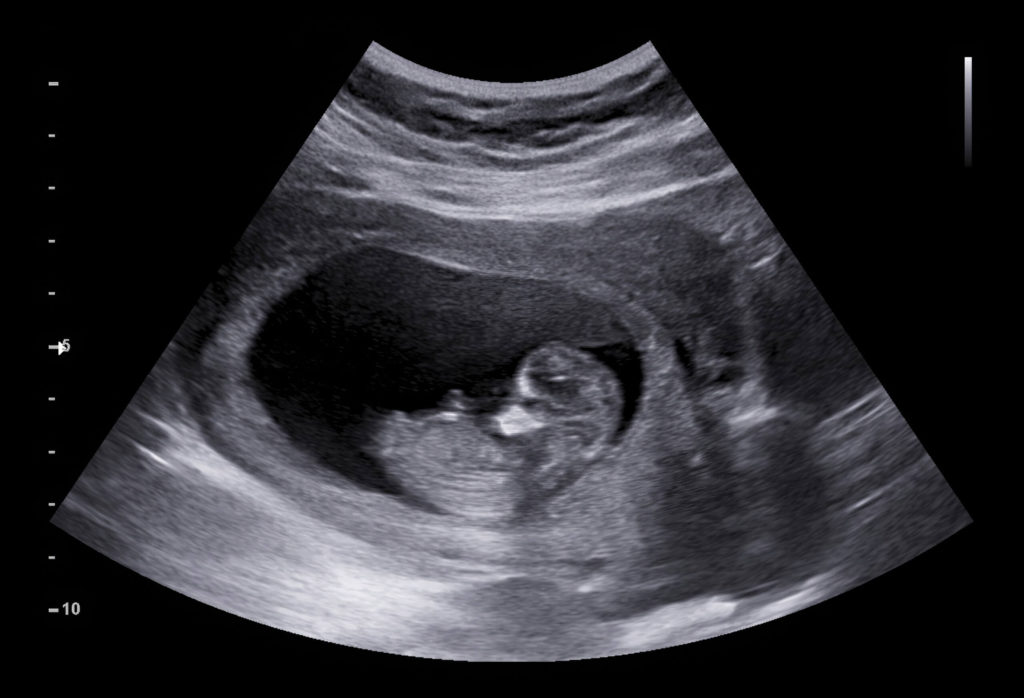
If the scan does pick up a heartbeat and the baby appears to be the right size according to your dates, this can be very reassuring, even if you are still bleeding. There’s a heartbeat, but I’m still bleeding… You may need to find some support for yourself if this happens to you. It can be very stressful dealing with this uncertainty – some women describe it as being “in limbo”. Sometimes, it can take several scans before you know for sure what is happening. At that time, the person doing the scan will be looking for a clear difference in the size of the pregnancy sac and for a developing baby and a heartbeat.

But it can be hard to detect a heartbeat in early pregnancy and in those cases it can be hard to know whether the baby has died or not developed at all, or whether it is simply smaller than expected but still developing.įor that reason, you may be asked to return for another scan a week or so later. The best time to have a scan is from about 7 weeks’ gestation when it should be possible to see the baby’s heartbeat in a normal pregnancy. You may be referred for an early scan because of vaginal bleeding or spotting, or possibly because you have had problems in a previous pregnancy.
EARLY SONOGRAM PICTURE HOW TO
You may also have to make some difficult decisions about how to manage the miscarriage process. You can find information about missed miscarriage here. This can come as a considerable shock and it may take time before you can take this information in. This is often called a “missed”, “silent” or “delayed” miscarriage. Sadly, sometimes these scans show that the baby has died, possibly some weeks earlier and often without any signs or symptoms such as bleeding or pain. You can find out more about routine, nuchal and anomaly scans at the website of the charity ARC – Antenatal Results and Choices Sadly… Most hospitals also offer a further anomaly scan at 20 weeks, making a more detailed check of the baby’s development. The purpose of this scan is to try to detect some chromosome abnormalities, such as Downs syndrome. Some women may be offered a nuchal scan between 11 and 14 weeks. to check whether there is one baby, or twins or more.Most pregnant women are referred for their first routine (or booking or dating) ultrasound scan somewhere between 11 and 14 weeks of pregnancy. All too often, a scan at 6 weeks shows very little or nothing, even in a perfectly developing pregnancy, whereas waiting a week or 10 days will make the findings much clearer. When can I have an ultrasound scan? When can you see the baby’s heartbeat?Īn ultrasound scan may be able to detect a pregnancy and a heartbeat in a normal pregnancy at around 6 weeks, but this varies a great deal and isn’t usually advised. If you bleed after a vaginal scan, it will most likely be because there was already blood pooled higher in the vagina and the probe dislodged it. There is no evidence that having a vaginal or an abdominal scan will cause a miscarriage or harm your baby.


That may give some information about your pregnancy, but it is less clear than an internal scan and that could possibly delay diagnosis. If you don’t want a trans-vaginal scan, you can ask for a trans-abdominal scan. He or she then moves the scanner over the gel, sometimes pressing down, until the uterus (womb) and pregnancy can be seen. The person doing the scan spreads a special gel on your lower abdomen (below your belly button and above the line of pubic hair). It may also be offered after 11 or 12 weeks if a trans-abdominal scan doesn’t give a clear enough picture.įrom 11 or 12 weeks, including at the routine booking-in scan, it is more common to have a trans-abdominal scan. This gives the clearest and most accurate picture in early pregnancy. In early pregnancy, especially before 11 weeks, it is usual to have a trans-vaginal (internal) scan, where a probe is placed in the vagina. There are two ways of doing an ultrasound scan. Ultrasound scans in pregnancy may be routine or they may be offered because of pain or bleeding or because of problems in a previous pregnancy. Simply Say – supporting someone you know.


 0 kommentar(er)
0 kommentar(er)
